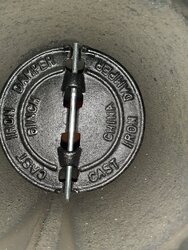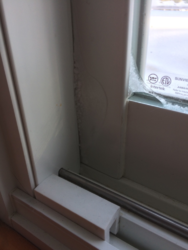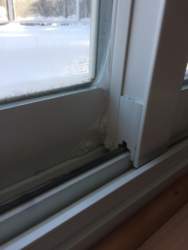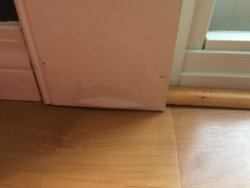I'm planning to run an air duct up the wall near my stove to draw cold combustion air from the attic. I also have a furnace in the attic that may draw combustion air. I have large vents on the roof and gable vents.
1. Is this advisable?
2. Where can I get a 10 foot duct that won't look hideous running up the wall. Trying to avoid seams.
1. Is this advisable?
2. Where can I get a 10 foot duct that won't look hideous running up the wall. Trying to avoid seams.






